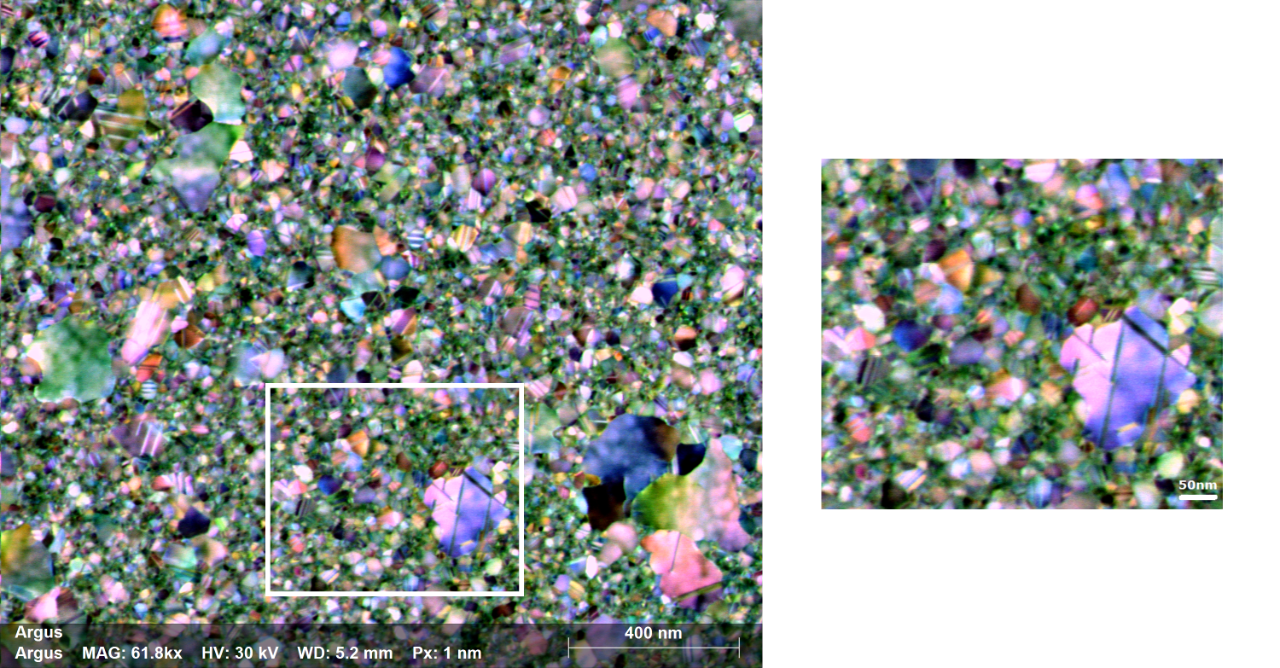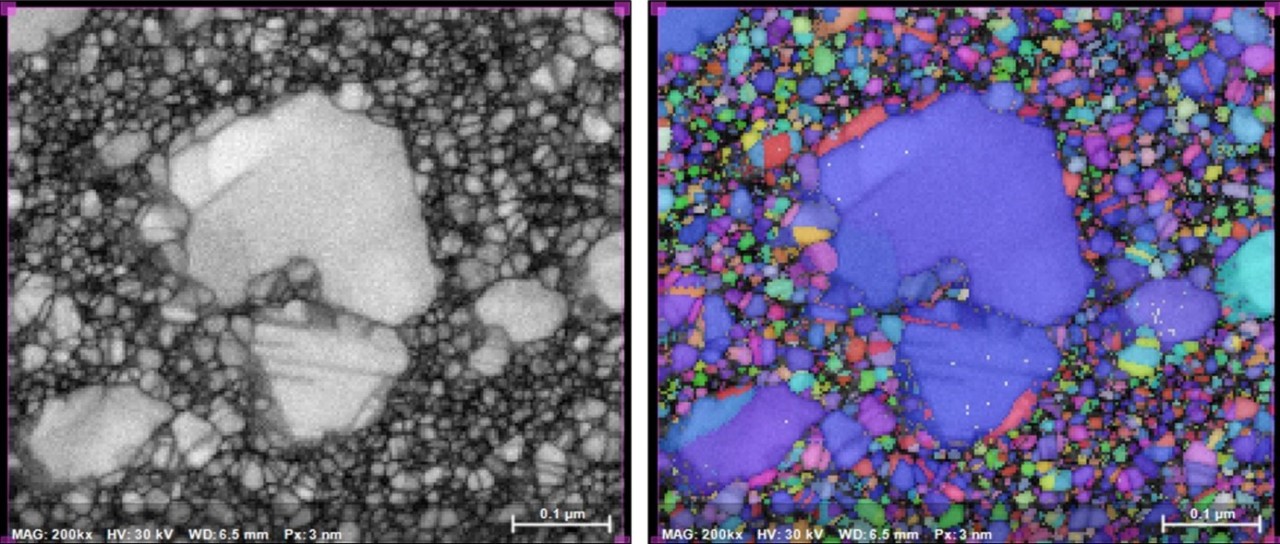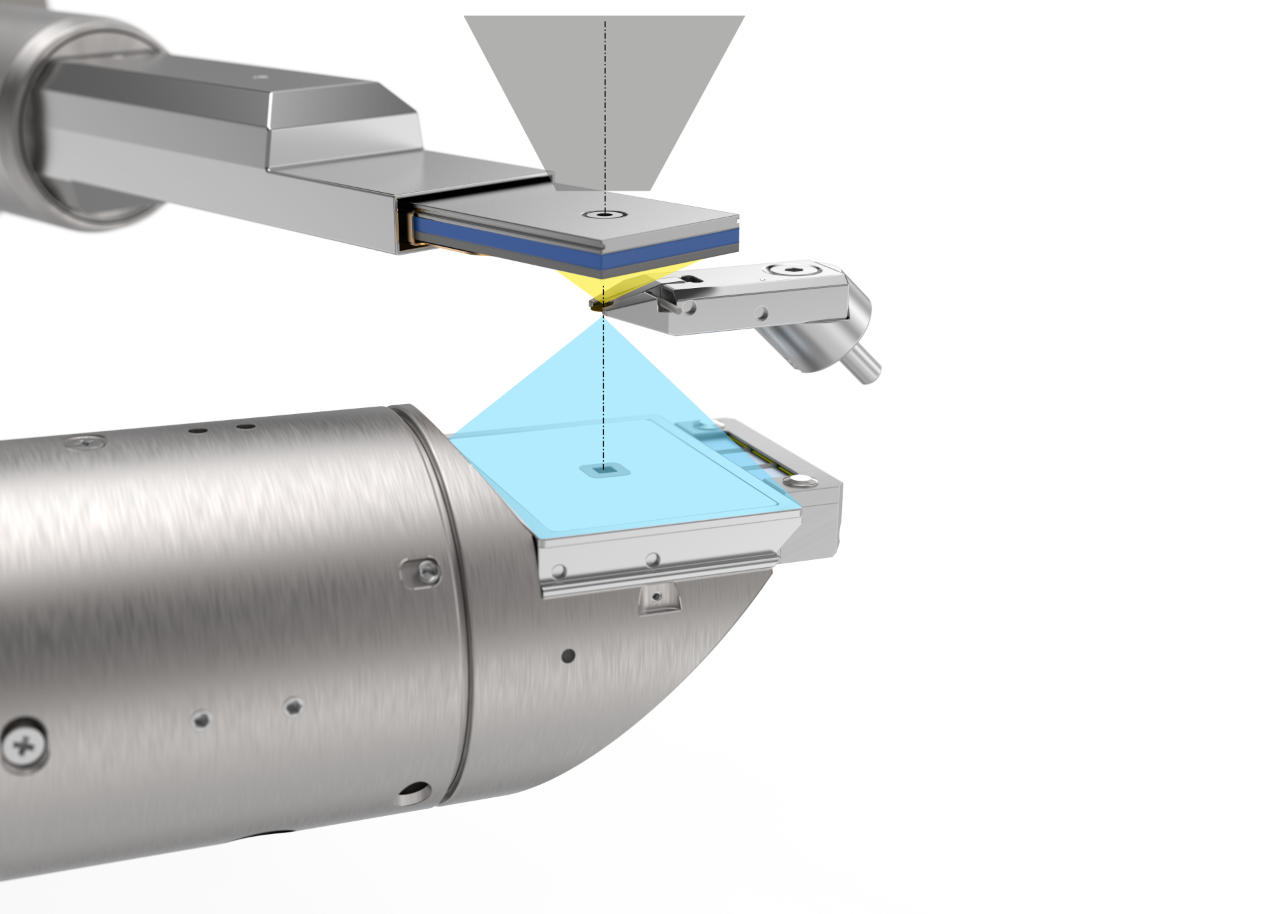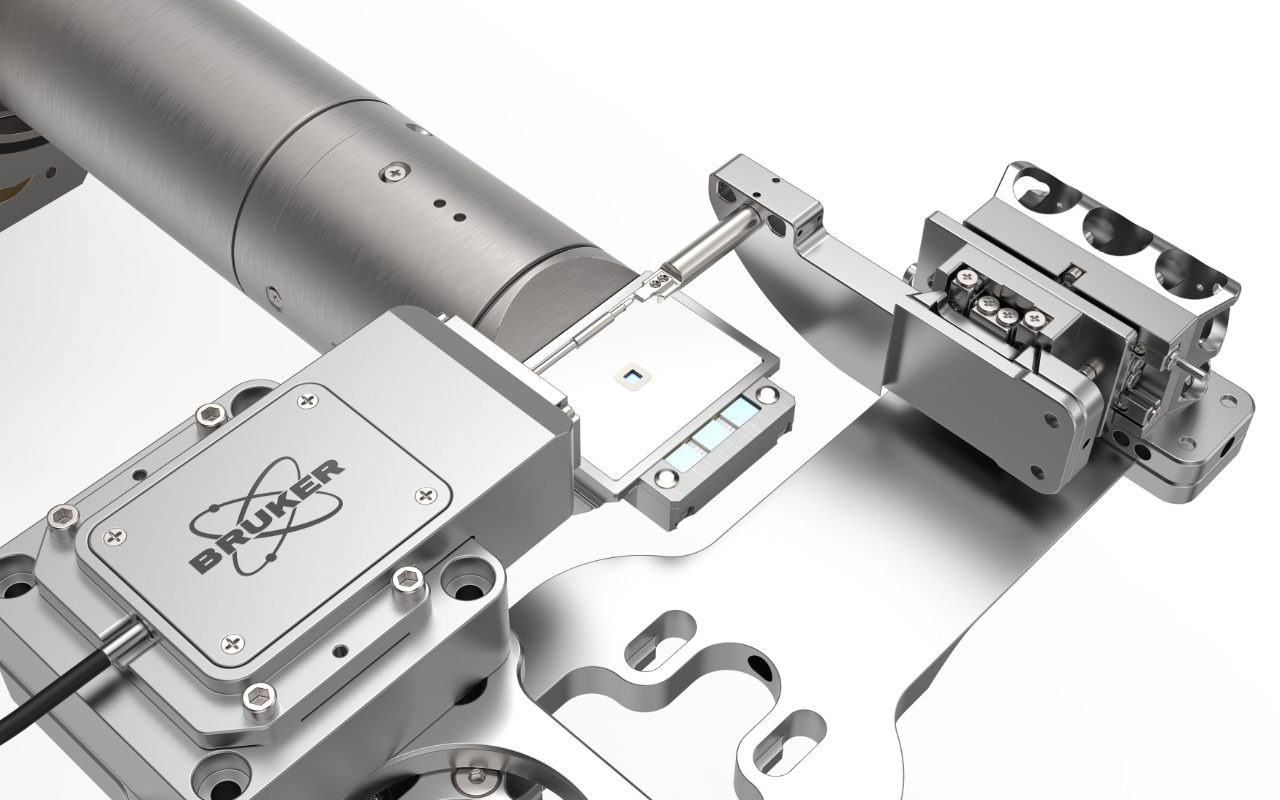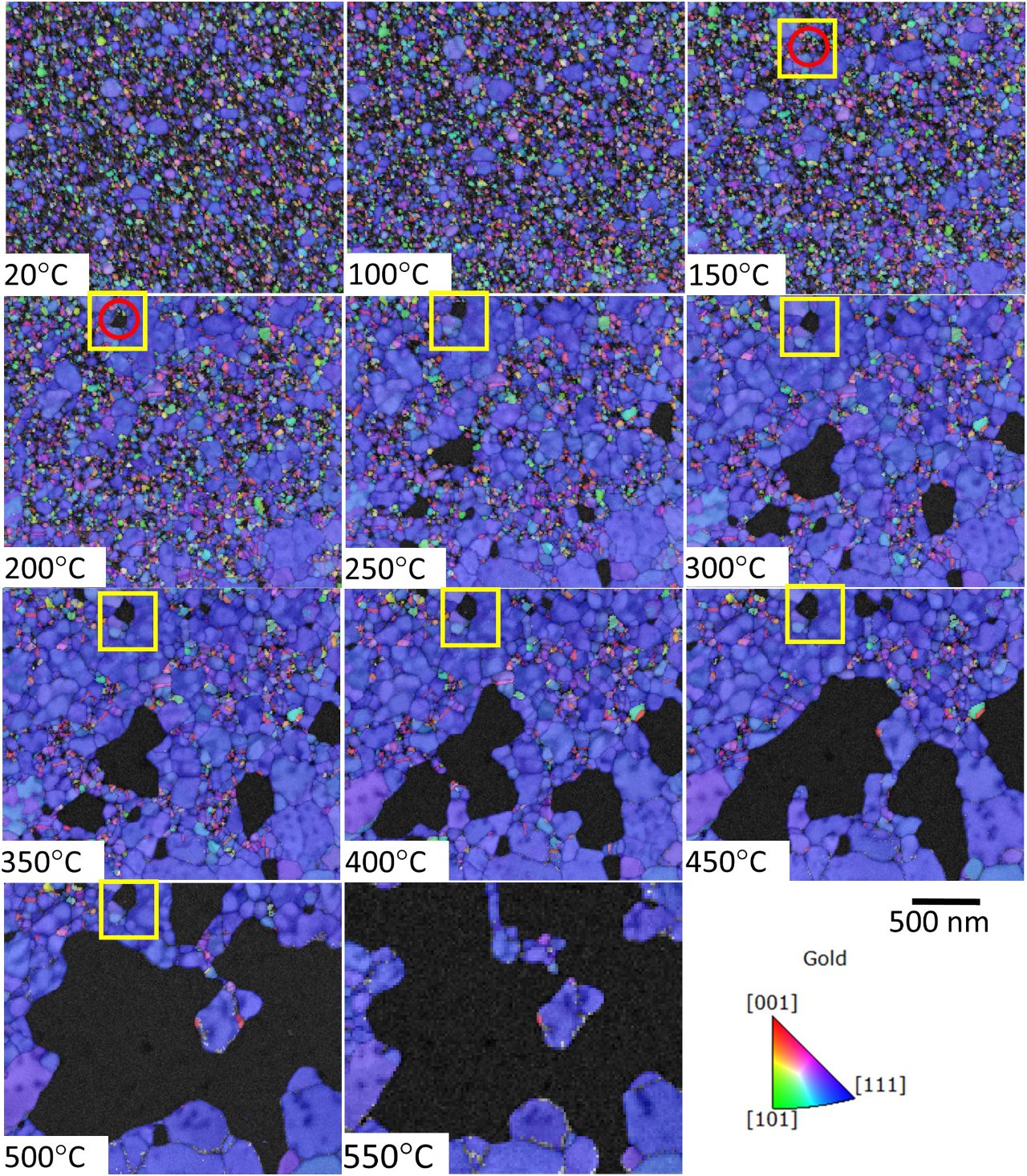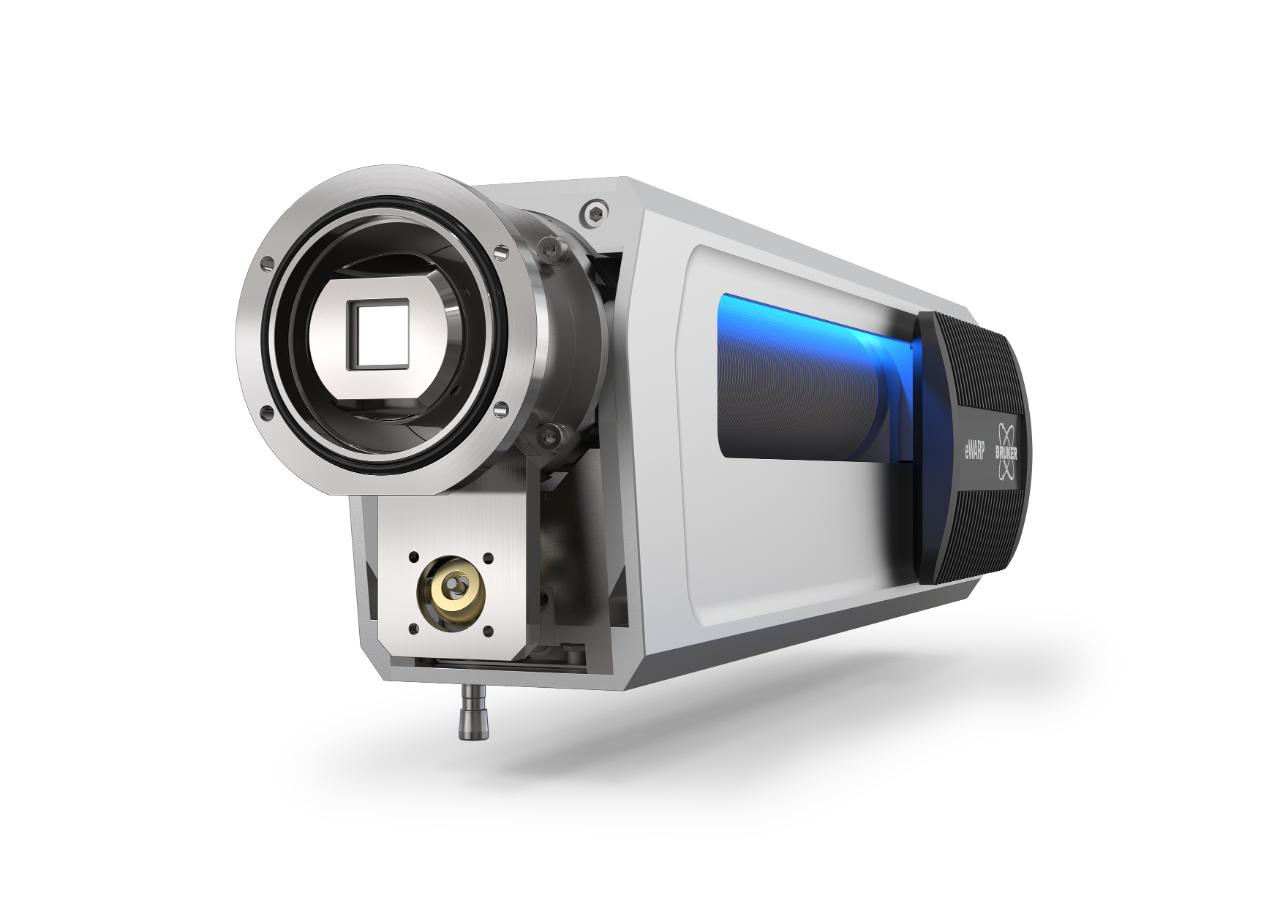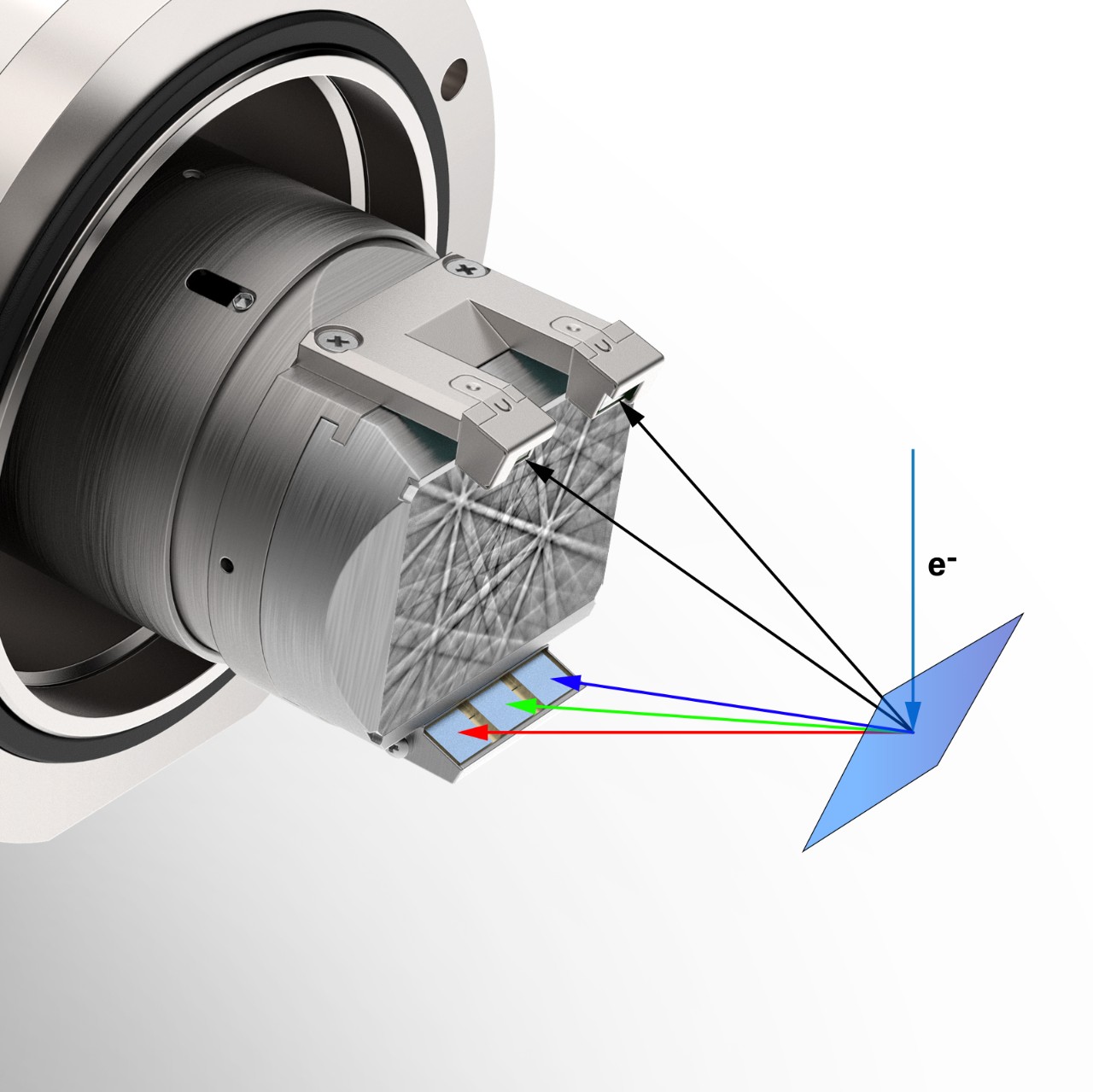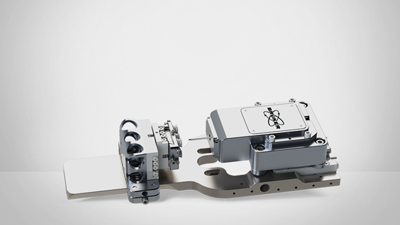OPTIMUS 2
The Enhanced TKD Detector Head
Bruker’s Industry Leading TKD Solution Just Got Better!
Our new, augmented TKD solution builds on the unmatched performance of existing on-axis TKD through the addition of multiple new hardware options, accessories, and software features. Most important change is the release of OPTIMUS 2 detector head, a result of an ongoing collaboration with DTU Nanolab in Denmark. Its new imaging capability and its improved design combined with new and innovative software features will enable:
- new analytical capabilities for in-situ experiments
- reaching better spatial resolution than before
- superior data quality and data integrity
- improved user experience
- major boost in productivity for certain applications
Key Features of OPTIMUS 2
- OPTIMUS Vue screen with a Si diode at its center for Bright Field (BF)-like imaging
- Advanced alloys for minimized interference with e-beam
- Additional new thin film in the screen active layer structure for improved signal quality
- Optimized screen frame design for an improved user experience
- OPTIMUS 2 will continue to be compatible with the standard TKD screen (without a center diode)
STEM in SEM Combined with EDS and TKD Mapping
OPTIMUS Vue’s center diode provides Bright Field (BF)-like imaging capabilities while in on-axis TKD mapping position paving the way for new application possibilities and further improving overall system performance when characterizing nanomaterials and nanostructures.
Key Benefits of the new STEM in SEM Capability of OPTIMUS Vue
- Improved spatial resolution through OPTIMUS Vue’s center diode, which provides the ideal conditions for optimizing beam focus and astigmatism settings before acquiring a TKD map.
- Near real-time visualization of electron transparent samples during in-situ experiments in the SEM using the new ESPRIT TRM feature for Time Resolved Measurements.
- Improved data integrity – high quality and high detail BF-like images are ideal input-data into the image correlation algorithms used by the ESPRIT DriftCorrection feature. The resulting gains in drift correction accuracy will be particularly beneficial for TKD maps, where even a beam or sample drift of just a few tens of nanometers will create visible artifacts in the map.
- Productivity boost – BF-like images can be binarized using the new ESPRIT MaxYield feature and subsequently employed as masks for efficient mapping of regions of interest on sparse samples, like nanoparticles or nanorods.
- Convenience, efficiency & success during the calibration procedure of the new ESPRIT FIL TKD (Full Immersion Lens TKD) feature enabling, for the first time ever, TKD mapping using the full immersion lens mode, also know as ultra-high resolution (UHR) mode, of certain electron columns.
Image is courtesy of Aaron Lindenberg and his group at Stanford University in USA
